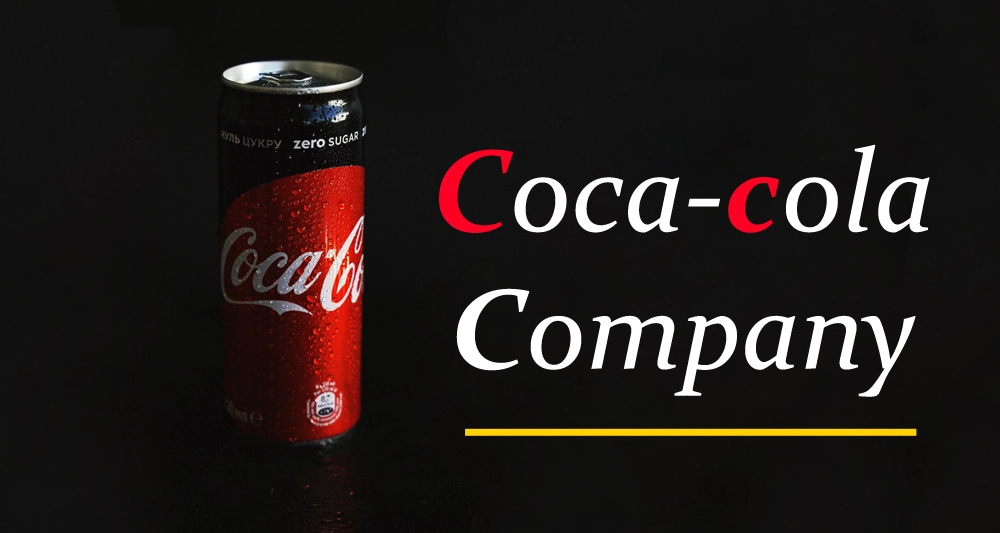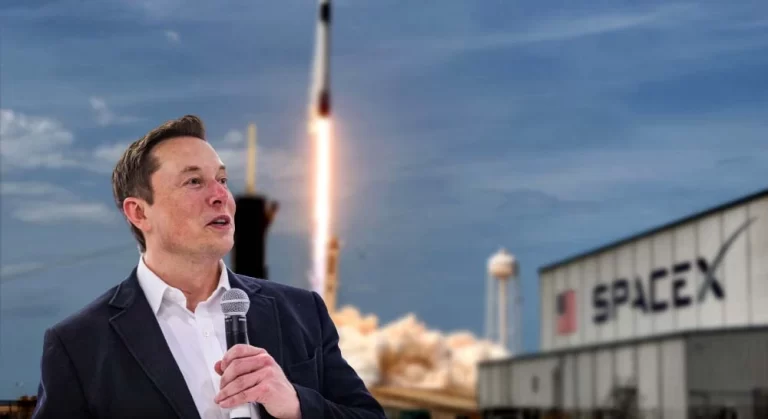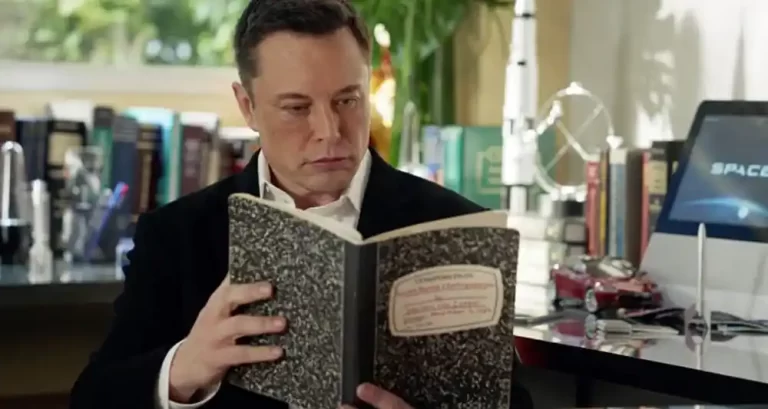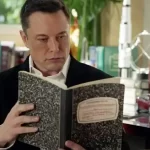History of Coca cola
Coca-Cola is a popular carbonated soft drink that was invented in the late 19th century by pharmacist John Pemberton in Atlanta, Georgia. The drink was initially intended as a medicine and was marketed as a cure for a variety of ailments, including headaches, fatigue, and depression. The original recipe for Coca-Cola included cocaine, derived from the coca plant, and caffeine from the kola nut.
In 1886, Pemberton mixed his syrup with carbonated water and sold it for five cents a glass at his pharmacy. The drink quickly became popular, and Pemberton began selling the syrup to other pharmacies and soda fountains in the area.
As demand for Coca-Cola grew, Pemberton began to look for ways to expand his business. He partnered with businessman Asa Griggs Candler, who bought the formula for Coca-Cola and the rights to the name for $2,300 in 1888. Candler’s aggressive marketing tactics helped make Coca-Cola a household name in the United States.
In 20th Century
In the early 20th century, the use of cocaine in Coca-Cola became controversial, and in 1903, the company began removing the drug from its formula. By 1929, Coca-Cola no longer contained any cocaine, but the company continued to use the coca leaf extract in its recipe, which gave the drink its distinctive flavor.
Over the years, Coca-Cola has become a global brand, sold in more than 200 countries around the world. The company has also expanded its product line to include a variety of other beverages, including Sprite, Fanta, and Dasani water. Today, Coca-Cola is one of the most recognizable brands in the world, and its logo is instantly recognizable to people of all ages and cultures.
Here is a brief history of the Coca-Cola Company:
- 1886: John Pemberton, a pharmacist in Atlanta, Georgia, invented a caramel-colored syrup that he mixed with carbonated water to create a beverage he called “Coca-Cola.”
- 1888: Asa Griggs Candler, a businessman who had acquired the formula for Coca-Cola, founded The Coca-Cola Company and began marketing the beverage aggressively. He also secured exclusive rights to the formula, ensuring that no one else could produce a drink that tasted exactly like Coca-Cola.
- 1892: The Coca-Cola Company was incorporated in Georgia.
- 1899: Coca-Cola was first bottled by the Biedenharn Candy Company in Vicksburg, Mississippi.
- 1915: The distinctive Coca-Cola bottle, known as the “contour bottle,” was introduced. It was designed to be easily recognizable and difficult to duplicate.
- 1928: Coca-Cola introduced its first slogan, “The Pause That Refreshes,” which became one of the most famous advertising taglines of all time.
- 1941-1945: During World War II, Coca-Cola was included in the rations of American soldiers. The company set up bottling plants around the world to supply the troops.
- 1960s: Coca-Cola faced increasing competition from PepsiCo, which launched its own cola brand. In response, Coca-Cola introduced new products, such as Fanta and Sprite, to diversify its offerings.
- 1985: Coca-Cola introduced a new formula for its flagship product, which was widely unpopular with consumers. The company quickly reverted back to the original formula, which was marketed as “Coca-Cola Classic.”
- 2007: Coca-Cola announced a new corporate strategy that focused on healthier beverages, such as juice and water.
Today, The Coca-Cola Company is one of the largest beverage companies in the world, with over 500 brands sold in more than 200 countries. Its flagship product, Coca-Cola, remains one of the most recognizable and popular soft drinks in the world.
How Coca-cola became so popular
Coca-Cola became popular through a combination of effective marketing, distribution, and product innovation. Here are some key factors that contributed to its success:
- Marketing: Coca-Cola was one of the first companies to use advertising extensively to promote its brand. It created iconic ads featuring Santa Claus, polar bears, and other memorable characters that have become ingrained in popular culture. The company also sponsored major sporting events, such as the Olympics and World Cup, to increase its visibility.
- Distribution: Coca-Cola built a vast distribution network that allowed it to reach consumers all over the world. The company used a franchising model to establish bottling operations in different countries, which helped it overcome logistical challenges and adapt to local tastes and preferences.
- Product innovation: Coca-Cola has constantly adapted its products to changing consumer preferences. For example, in the 1980s, the company introduced Diet Coke to cater to health-conscious consumers. In recent years, it has expanded its portfolio to include low-sugar and plant-based options.
- Brand recognition: Coca-Cola has built a strong brand identity that is recognized and respected around the world. The company’s distinctive logo, packaging, and advertising have helped to create an emotional connection with consumers, who often associate Coca-Cola with happiness, nostalgia, and good times.
Coca-Cola’s success can be attributed to a combination of effective marketing, distribution, and product innovation, as well as its strong brand recognition and emotional connection with consumers.
Controversies
Coca-Cola has been involved in several controversies over the years. Here are some notable examples:
- Health concerns: Coca-Cola has faced criticism over the high sugar content of its drinks, which has been linked to obesity, diabetes, and other health issues. In 2018, the company faced backlash after a study showed that it had funded research that downplayed the role of sugary drinks in obesity.
- Environmental issues: Coca-Cola has been accused of contributing to plastic pollution, as many of its products are packaged in plastic bottles. The company has also been criticized for its water use in areas where water scarcity is a major concern.
- Labor disputes: Coca-Cola has faced allegations of labor abuses in countries such as Colombia, where union leaders have been threatened and attacked. The company has also been accused of exploiting workers in other parts of the world.
- Marketing controversies: Coca-Cola has faced criticism for its marketing practices, including its targeting of children and its use of celebrities and athletes to promote its products.
- Political controversies: Coca-Cola has faced backlash for its political stances, such as its opposition to Georgia’s controversial voting law in 2021. Some critics accused the company of hypocrisy, given its past support for politicians and causes that have been seen as harmful to marginalized communities.
These are just a few examples of the controversies that Coca-Cola has faced over the years. Despite these challenges, the company remains one of the most successful and iconic brands in the world.
Is coca-cola good for health
Coca-cola leaves, which are the raw material used to produce cocaine, have been traditionally used in South American cultures for medicinal and cultural purposes for thousands of years. However, the recreational use of cocaine is illegal and highly addictive and poses significant health risks.
While coca leaves contain several beneficial compounds, such as vitamins, minerals, and antioxidants, they also contain the alkaloid cocaine, which has a stimulating effect on the central nervous system and can cause a range of adverse effects, such as heart problems, seizures, and addiction.
It is essential to distinguish between the traditional, cultural use of coca leaves and the illicit use of cocaine. The traditional use of coca leaves is not considered harmful and has been associated with several health benefits, such as reducing hunger and fatigue, aiding digestion, and relieving altitude sickness. However, the consumption of coca leaves should be done in moderation and under the guidance of an experienced practitioner, as excessive consumption can still cause adverse effects.
The traditional, cultural use of coca leaves is not considered harmful and may provide some health benefits. However, the recreational use of cocaine is illegal and highly addictive and can have severe negative health consequences.
What is Coca-Cola’s biggest market
Coca-Cola’s biggest market by far is the United States. As of 2021, the U.S. accounts for over 40% of Coca-Cola’s global volume sales, making it the largest market for the company. Other major markets for Coca-Cola include Mexico, Brazil, China, and India. However, the United States remains the biggest market for Coca-Cola in terms of both volume and revenue.
Coca-cola market capitalization
As of September 2021, Coca-Cola’s market capitalization was approximately $236 billion USD. However, please note that market capitalization is subject to change due to fluctuations in stock prices and other market conditions. It is always best to check current financial data for the most accurate information.


























+ There are no comments
Add yours